Unveiling the Best Strains of Cannabis for Common Medical Conditions
Discovering the optimal cannabis strain involves exploring a diverse range of options known for thei…….
In the ever-evolving landscape of cannabis, the quest for the ‘best’ strains has captivated enthusiasts, researchers, and industry professionals alike. This comprehensive article delves into the intricate world of cannabis genetics, exploring the factors that contribute to a strain’s excellence. From its historical roots to modern applications, we will navigate the significance of best strains, their global impact, economic implications, and the technological advancements shaping this dynamic field. Moreover, we will analyze policy landscapes, dissect challenges, and present case studies illustrating successful implementations. By the end, readers will grasp the multifaceted nature of cannabis strains and their profound influence on culture, science, and economy.
At its core, “best strains of cannabis” refer to varieties of the plant Cannabis sativa that exhibit superior attributes in terms of potency, flavor, aroma, yield, resistance to disease, and therapeutic benefits. These characteristics are the result of meticulous breeding practices, genetic engineering, or natural selection over generations.
Historically, cannabis has been cultivated for millennia, with ancient civilizations recognizing its medicinal properties. However, the modern pursuit of ‘best’ strains is a relatively recent phenomenon driven by advancements in cultivation techniques, scientific research, and evolving legal landscapes. The significance lies in the fact that these superior strains can offer enhanced experiences, improved therapeutic outcomes, and increased agricultural efficiency.
Key Components:
Genetics: The genetic makeup of a cannabis plant dictates its unique traits. Breeders select parent plants with desirable genes to create hybrids or focus on specific dominant traits in purebred varieties.
Potency: High levels of cannabinoids such as THC (tetrahydrocannabinol) and CBD (cannabidiol) are often associated with stronger effects and increased therapeutic potential.
Flavor and Aroma: Terpenes, aromatic compounds produced by cannabis, contribute to the distinct taste and smell of different strains. These terpenes can also enhance or modify the effects of cannabinoids.
Yield and Quality: High-quality cannabis requires optimal growing conditions and careful cultivation practices to ensure robust yields without compromising potency and flavor.
Therapeutic Benefits: Certain strains are renowned for their ability to alleviate specific medical conditions, making them valuable in medicinal cannabis programs.
The global cannabis market has experienced a remarkable transformation over the past decade, with best strains playing a pivotal role in this shift. Here’s an overview of its international impact and emerging trends:
Legalization Wave: Many countries and states worldwide have legalized cannabis for medicinal or recreational use, driving demand for high-quality strains. This trend has spurred investment and innovation in the cannabis industry.
Diverse Market Demands: Different regions have unique preferences for strain characteristics. For example, Northern Europe tends to favor indica strains for their relaxing effects, while North America is known for its appetite for potent sativa varieties.
Hybrid Strains: The popularity of hybrid strains, created by crossing two or more parent strains, has soared due to their ability to offer a balanced combination of desired traits.
Global Breeding Programs: Leading cannabis producers have established breeding programs worldwide, focusing on developing new strains tailored to specific market demands and climatic conditions.
Research Collaboration: International collaborations in cannabis research have led to groundbreaking discoveries, fostering the development of novel strains with enhanced therapeutic properties.
The best strains of cannabis have become a significant economic force, impacting various sectors:
| Sector | Impact |
|---|---|
| Agriculture: High-yielding cannabis plants can generate substantial agricultural revenue, creating opportunities for farmers and rural communities. | |
| Pharmaceuticals: The medicinal potential of specific strains drives the development of pharmaceutical-grade cannabis products, fostering partnerships between cannabis growers and pharmaceutical companies. | |
| Recreational Industry: Popular strains contribute to the growth of legal recreational markets, generating tax revenue and supporting local economies. | |
| Investment & Finance: Cannabis has attracted significant investment, with best strains being a key driver of stock prices in publicly traded cannabis companies. |
Technological innovations have revolutionized the cultivation process, allowing for the production of superior strains with enhanced characteristics:
Genetic Testing and Engineering: Advanced genetic testing techniques enable breeders to identify specific genes responsible for desired traits, accelerating the breeding process. Genetic engineering offers precise control over trait expressions.
Cloning Techniques: Cloning allows for the propagation of elite clones, ensuring consistent heritage and quality across multiple generations.
Hydroponics and Controlled Environments: Soilless cultivation methods like hydroponics provide optimal growing conditions, minimizing environmental variables that can affect strain consistency.
LED Lighting Systems: High-efficiency LED lights mimic natural light spectra, enabling year-round indoor cultivation and controlling light intensity for specific growth stages.
AI and Machine Learning: These technologies are used to optimize growing conditions, predict yields, and identify plants with unique cannabinoid profiles.
The legal status of cannabis varies widely globally, presenting challenges and opportunities for best strain development:
Restrictive vs. Liberal Policies: Some countries maintain strict controls, limiting research and cultivation, while others have liberalized their policies, fostering innovation and commercial growth.
Regulatory Compliance: Legal producers must adhere to stringent regulations regarding growing practices, testing, labeling, and distribution, ensuring product safety and quality.
Research Barriers: In some regions, lack of legal protection for cannabis research hinders the development of new strains with therapeutic potential.
International Trade: Navigating international trade laws presents challenges when exporting or importing high-value cannabis products and their derivatives.
Despite its promise, the industry faces several challenges in maximizing the potential of best strains:
Consistency: Ensuring consistent quality across different batches of a strain can be difficult due to environmental factors and genetic variations.
Standardization: Lack of standardized testing methods for cannabinoids and terpenes makes it challenging to compare and evaluate different strains objectively.
Regulation and Education: Misinformation and regulatory hurdles can hinder the acceptance and integration of cannabis into mainstream markets.
Intellectual Property: Protecting unique genetic traits through intellectual property rights is complex due to varying legal frameworks worldwide.
Israel’s medical marijuana program has relied on carefully bred strains to provide patients with diverse therapeutic options. The strain ‘Tif’a’ (a play on the Hebrew word for “touch”) is renowned for its ability to alleviate neuropathic pain without causing cognitive impairment. Through selective breeding, Israeli growers have developed this strain with high CBD and specific terpene profiles, making it a go-to choice for many patients.
Colorado’s legal recreational market has become a hub for cannabis innovation. The strain ‘Blue Dream’ is a popular indica hybrid known for its potent effects and unique flavor profile. Growers have refined this strain over the years, ensuring consistent quality and high THC levels while maintaining desirable terpene profiles. This has made it a favorite among recreational users seeking a balanced combination of relaxation and euphoria.
Best strains of cannabis represent the pinnacle of genetic excellence within this diverse plant species. From historical cultivation practices to modern technological advancements, the pursuit of superior strains has driven innovation across various sectors. As global markets continue to evolve and policy landscapes become more favorable, best strains will play an increasingly vital role in shaping the future of cannabis as a cultural, economic, and therapeutic force.
As research progresses and acceptance grows, we can expect to see even more remarkable developments in cannabis genetics, offering new possibilities for medicine, agriculture, and personal enjoyment.
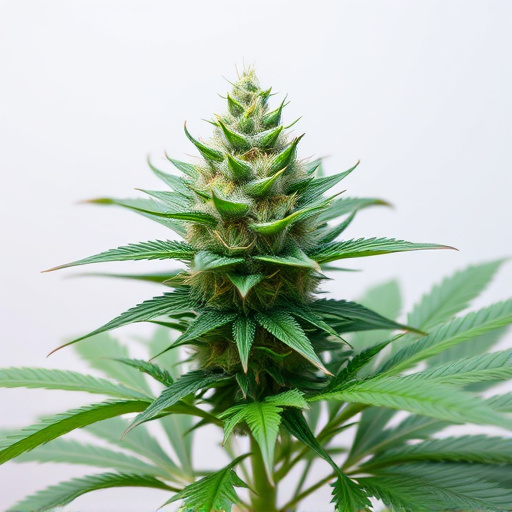
Discovering the optimal cannabis strain involves exploring a diverse range of options known for thei…….
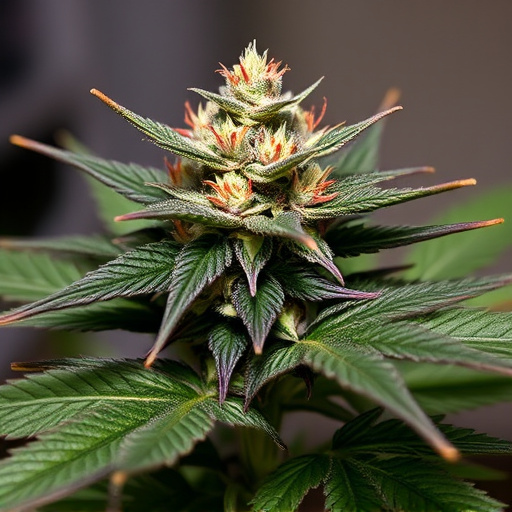
Cannabis consumption methods like joints, pipes, and bongs offer distinct experiences. Joints are po…….
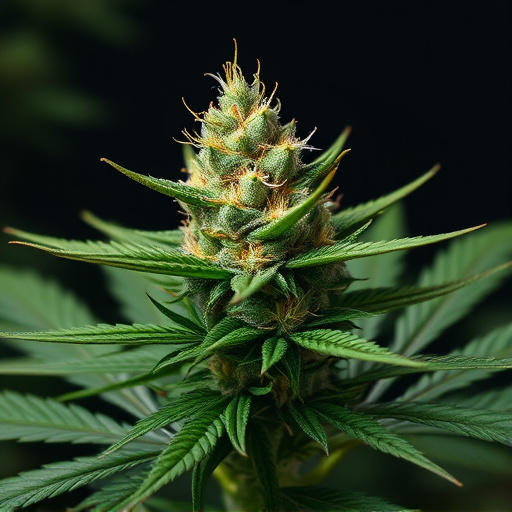
The best strains of cannabis offer a blend of unique characteristics like appearance, aroma, and eff…….

TL;DR:Sativa strains of cannabis are renowned for boosting energy, focus, and mental clarity without…….
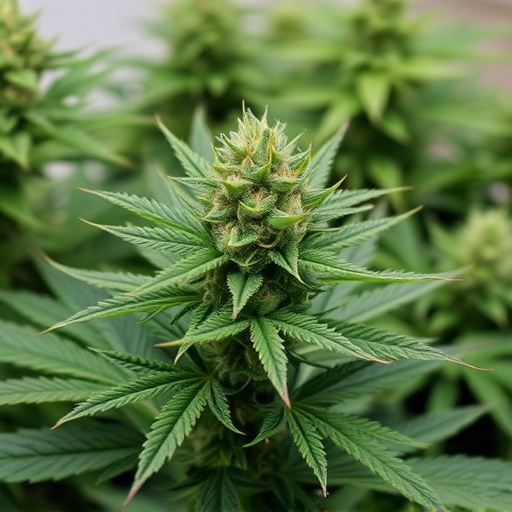
The cannabis flower, rich in cannabinoids like THC and CBD, offers therapeutic benefits and diverse…….
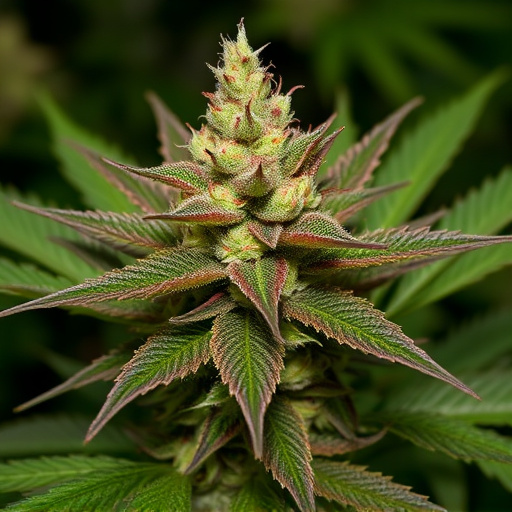
Temperature significantly affects the potency and effects of cannabinoids like THC and CBD in cannab…….
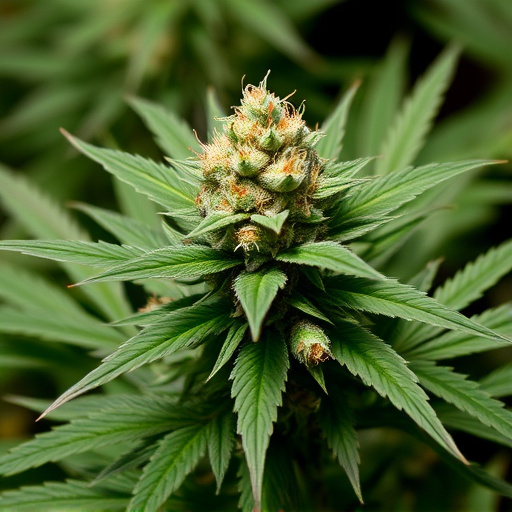
Maintaining optimal moisture levels (12-15%) in cannabis is crucial for enhancing smoking experience…….
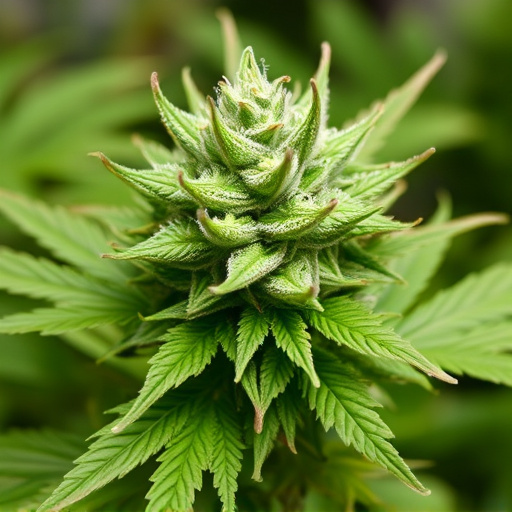
For cannabis beginners, a safe and positive experience relies on understanding individual tolerance…….
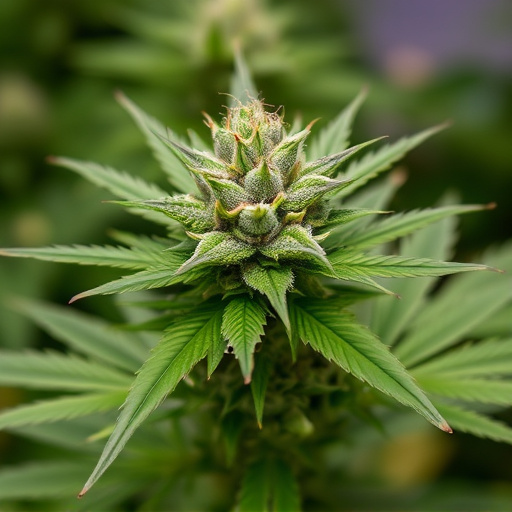
To find the best strains of cannabis, inspect buds for dense stickiness, rich colors, and well-defin…….